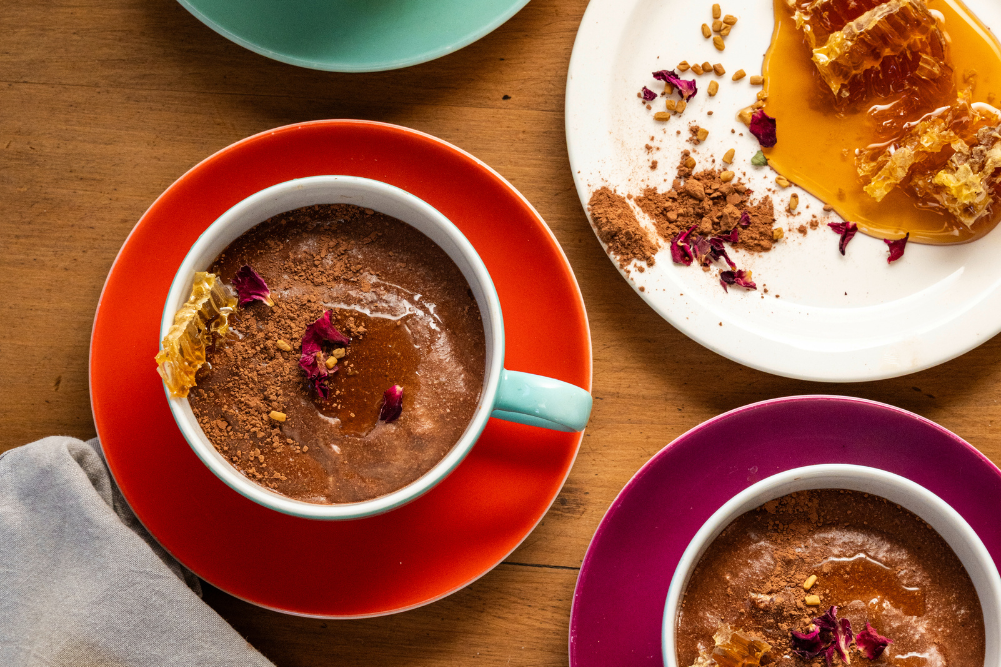How to live a cultured life
How to live a cultured life
Fermented foods can play a role in healing everything from allergies to ADHD to emotional disorders, and they are delicious as well.
Servings
Prep time
Cook time
Recipe
Ingredients
- 400g red cabbage
- 350g green cabbage
- 250g carrots
- 2 tsp juniper berries
- 1.5L fermenting jar with airlock
- 1½ tsp fine sea salt
- ½ sachet starter culture
Method
- Wash the fermenting jar and all utensils with very hot water, or alternatively put them through the hot rinse cycle in a dishwasher without adding detergent.
- Select a fresh, unblemished cabbage and remove the outer leaves. Choose one leaf, wash it well, then set aside.
- Shred the cabbage and carrot in a food processor in alternate batches so that all ingredients are mixed together thoroughly and then transfer them to a large glass or stainless steel mixing bowl. You can also use a mandolin slicer or sharp knife.
- Sprinkle the salt and juniper berries over the vegetables and mix well. Cover the bowl with a plate while you prepare the starter culture according to the directions on the packet.
- Next, add the starter culture (pre-dissolved in filtered water) to your bowl and mix again thoroughly.
- Using a large spoon, fill the sterilised jar with the vegetable mix, ensuring it is gently compressed between additions in order to remove air pockets, leaving about 2cm of space at the top of the jar.
- The vegetables should be fully submerged in the liquid as they are packed in. If you don’t have enough liquid to cover the vegetables, add more filtered water.
- Take the clean outer cabbage leaf and fold and place it on top of the vegetables before adding a small glass weight to keep everything submerged.
- Wrap a towel around the jar to block out the light, ensuring the airlock is exposed. Store in a dark place with a cool temperature (16–23°C) for at least 10 days but ideally up to two weeks.
- You can also place the jar in an Esky to help maintain a more consistent temperature. Different vegetables have different culturing times and warmer temperatures means shorter culturing times. The longer the jar is left to ferment, the higher the level of good bacteria present. It’s up to you how long you leave it. Some people prefer the tangier flavour that comes with extra fermenting time, while others like a milder flavour.
- Once ready, place the jar in the fridge to chill before serving.
Tried this recipe? Mention @wellbeing_magazine or tag #wbrecipe!








